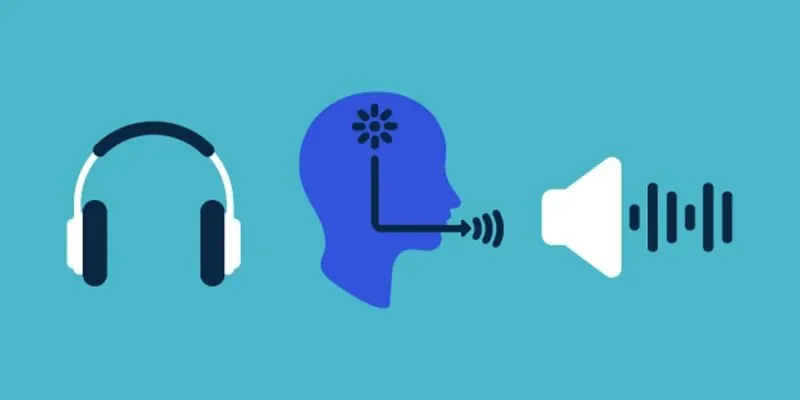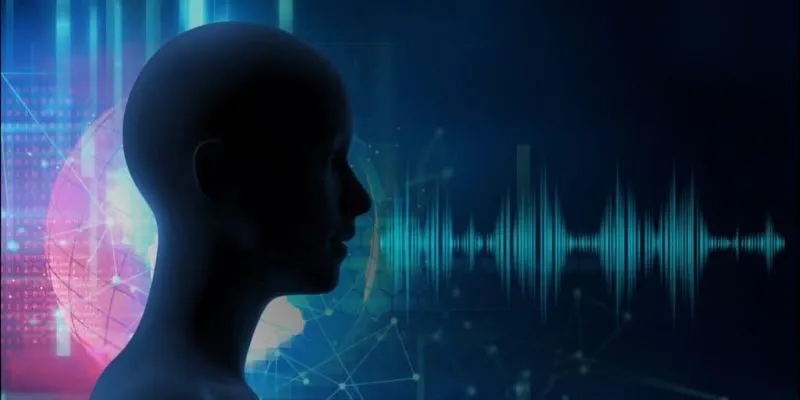Speech and language analysis applications are widely applied in today’s technological landscape. These tools have become an essential part of many industries due to their versatility and powerful capabilities. In this article of Semtracks, we will delve deeper into the concept of Speech and language processing software and explore how they are revolutionizing the way we interact with technology.
What Are Speech and Language Analysis Applications?
Speech and language analysis applications refer to technologies that use artificial intelligence (AI) and machine learning to analyze, understand, and process human speech and language. These applications are widely used across various sectors, helping users manage and identify speech data efficiently. Furthermore, they are an integral part of enhancing information security by providing advanced recognition and verification systems.

Advantages of Speech and Language Analysis Applications
Speech and linguistic analysis platforms offer numerous benefits across industries, making them indispensable tools for improving efficiency and user experience. Here are some key advantages:
- Enhanced Customer Experience: By implementing voice recognition systems, these applications allow for quicker customer identification, saving time and improving overall user satisfaction.
- Improved Security: One of the standout features of speech and language analysis applications is their ability to increase security through voice identification, preventing unauthorized access.
- Increased Productivity: These technologies reduce time and effort required for critical tasks, helping streamline workflows and improve productivity.
- Improved Accessibility: Speech and linguistic analysis platforms assist individuals with disabilities by enabling them to easily access devices and services through voice commands, making technology more inclusive.
Where Are Speech and Language Analysis Applications Used?
Speech and language analysis applications are now playing a vital role across various industries due to their practicality and high efficiency. Listed below are several typical uses:
Voice-Controlled Devices
A growing number of electronic devices now enable users to operate them through voice commands, eliminating the need for traditional remotes. For example, products like televisions, air conditioners, and various household appliances can be effortlessly managed by voice control, offering substantial convenience.
This hands-free operation not only simplifies daily tasks but also reduces reliance on physical controllers, making the user experience more seamless and accessible, especially for those with mobility challenges or busy lifestyles. Voice-activated technology is reshaping how we interact with home electronics, adding both comfort and efficiency to everyday living.
User Identity Verification
Speech and language analysis technology is extensively employed for user identity verification when accessing websites or services. By analyzing and comparing a user’s voice to pre-recorded voice data, these systems can accurately verify whether the individual attempting to log in is the legitimate account owner.
This advanced level of voice recognition not only streamlines the login process but also significantly bolsters security. It provides an extra layer of protection, ensuring that unauthorized access is prevented and that users’ personal information remains safe, offering peace of mind and enhanced trust in the system’s security measures.

AI Assistants for Vehicles
In the automotive industry, speech and language analysis applications have revolutionized the driving experience by serving as advanced virtual assistants. These applications enable drivers to navigate seamlessly, schedule appointments, control entertainment systems, and perform various tasks through simple voice commands.
By eliminating the need for manual inputs, these technologies not only offer unparalleled convenience but also improve safety by enabling drivers to maintain focus on the road while keeping their hands on the steering wheel. With the rise of smart cars and autonomous driving, the integration of speech and linguistic analysis platforms is becoming increasingly common, offering features like real-time traffic updates, weather forecasts, and even hands-free calls.
This voice-activated technology is transforming cars into smart, connected hubs, making driving more intuitive, interactive, and secure.
Conclusion
In this article, we have explored the many advantages and applications of speech and language analysis applications. This groundbreaking technology is reshaping the way industries operate and interact with users. We hope this overview has provided valuable insights into the modern uses of these applications. For further information on this cutting-edge technology, feel free to visit Semtracks to discover more about speech and linguistic analysis platforms.

